On July 23, India paid tribute to Bal Gangadhar Tilak. He was one of great freedom fighters and educationalist. Because of his popularity among people, he identified as Lokmanya Tilak.
Birth of Bal Gangadhar Tilak
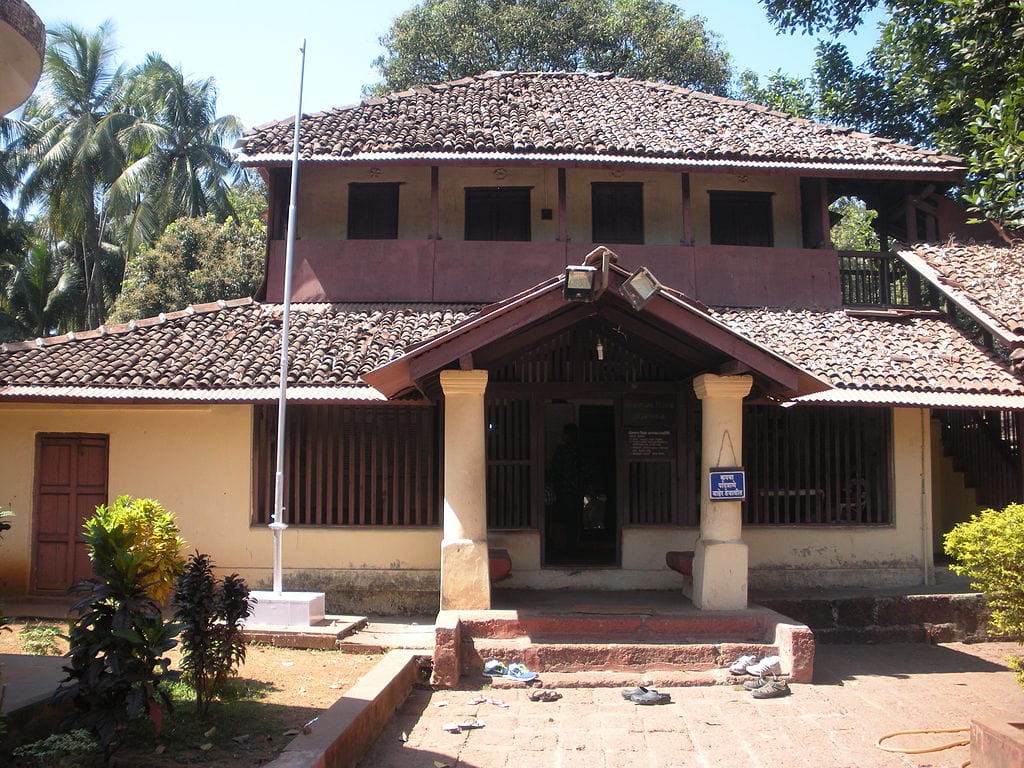
Bal Gangadhar Tilak was born on July 23, 1856, in Ratnagiri, Maharashtra. He was a freedom fighter and lawyer by profession. People accepted him as their leader so was also known as Lokmanya Tilak.
Educationalist the Lokmanya Tilak
Along with his colleague, Gopal Ganesh Agarkar and others, Bal Gangadhar Tilak was the founder of the Deccan Education Society (1884).
He also founded the Fergusson College in 1885 through the Deccan Education Society.
Education of Bal Gangadhar Tilak
Tilak was one among the first generation of Indians to earn a college degree. In 1877, he graduated in Mathematics with a first-class degree from the Deccan College of Pune. There were very few people who could pursue a college education.
In order to get admission for the L. L. B course, he quit the M. A. course. Then, in 1879, he got an L. L. B. degree from Government Law College.
After completing his education, Bal Gangadhar Tilak started teaching mathematics in a private school in Pune. Due to differences in opinion with his colleagues, he quit that school and became a journalist later.
Father of Indian Unrest
Because of his successful attempts at awakening the Indian public to fight for freedom, the British government addressed him as the “Father of Indian Unrest”. He was accepted as a leader by all sections of society who gave him the title of “Lokmanya”.
Deccan Education Society
In the decade of 1880, Tilak, along with Gopal Ganesh Agarkar, Mahadev Ballal Namjoshi and Vishnushastri Chiplunkar and some college friends, organized the Deccan Education Society.
His purpose was to improve the quality of education for India’s youth. Deccan Education Society was founded to devise a new educational system that emphasizes the Indian culture and teaches nationalist ideas to the Indian youth.
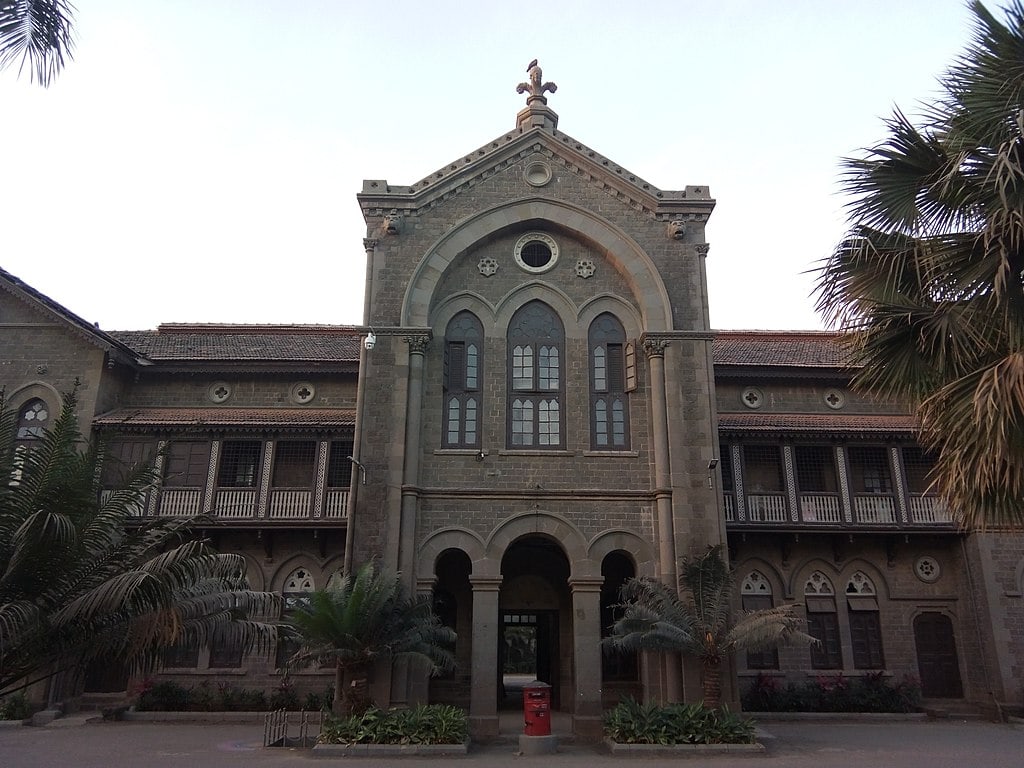
In 1885, this society established New English School for Secondary Education and Fergusson College for post-secondary education. Tilak taught Mathematics at Fergusson College.
By emphasizing religious and cultural revival, he started a social movement that aimed towards India’s freedom. Even today, the Deccan Education Society, just like the Fergusson College, runs the organization in Pune.
Ideology of Bal Gangadhar Tilak
Tilak was a proud Hindu, and he made use of the Hindu holy texts to encourage people to fight against the British government.
He insisted on Swarajya or self-rule and was a firm believer that a country cannot progress without being independent or without self-rule.
The mighty roar of Tilak
“Swarajya is my birthright, and I shall have it!” Lokmanya Tilak, who made this mighty roar, is famous as the first leader of the Indian freedom Struggle.
Valentine Chirol, a British journalist, in his book ‘Indian Unrest’, called Lokmanya Tilak as the ‘Father of Indian Unrest.’
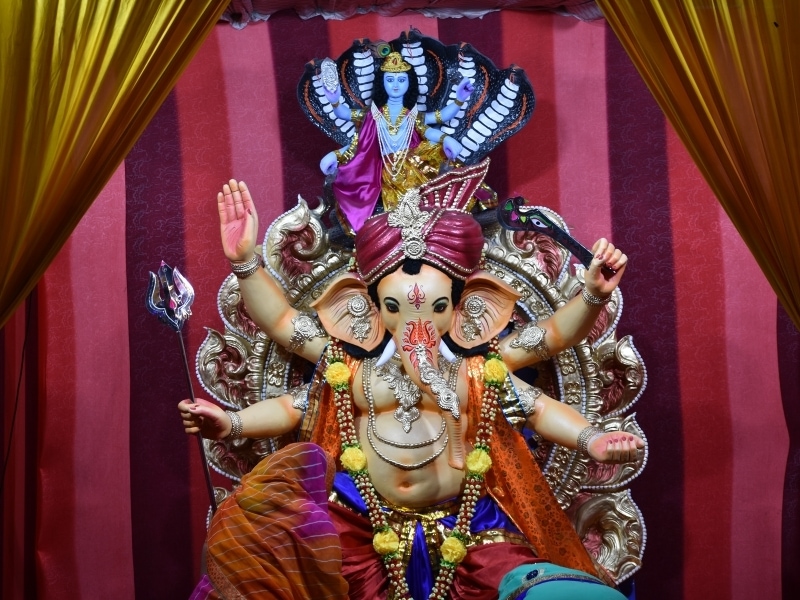
He insisted that the revival of culture and Religion was very critical for strengthening the political movement.
Tilak popularized the Ganesh Chaturthi festival in Maharashtra. He also proposed celebrating the birth anniversary of the founder of Swarajya, Chatrapati Shivaji Maharaj.
The real objective of Lokmanya Tilak behind celebrating public festivals was to awaken people and stand united against the British.
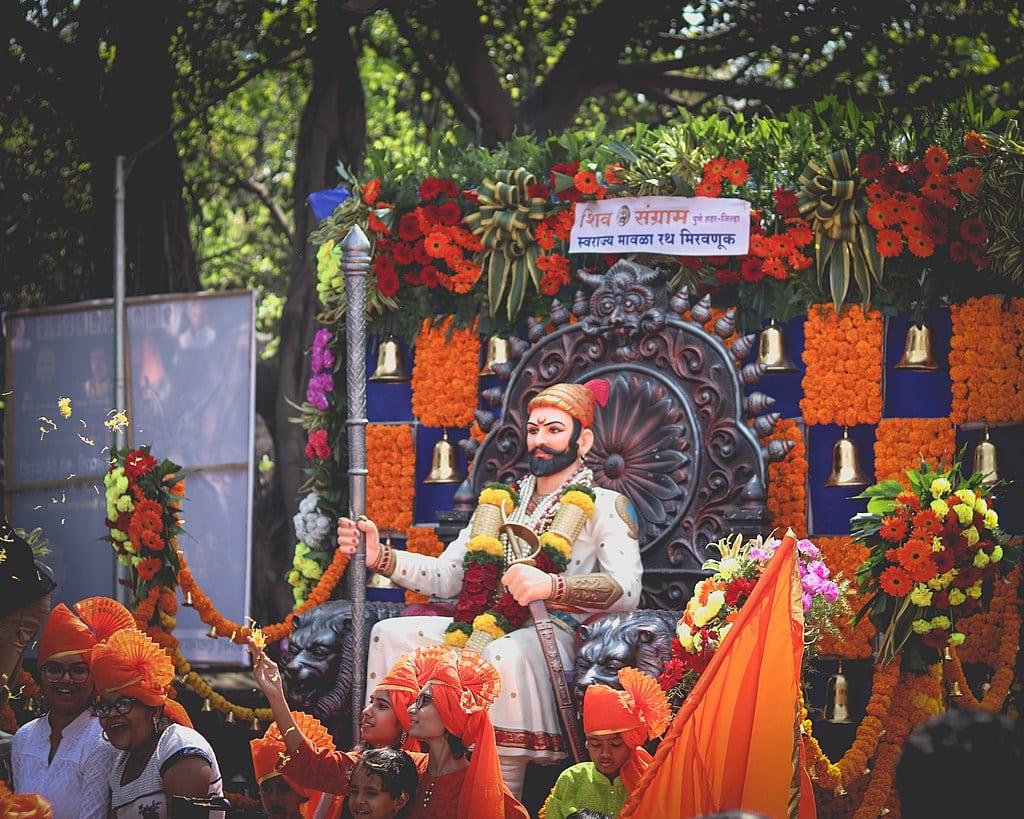
Political Life: He was one of the first few supporters of Self-rule or Swarajya (complete independence).
He joined the group of Lala Lajpatrai, Bipin Chandra Pal and others who were extremists. Due to this, the trio was called “Lal-Bal-Pal”.
He joined the Indian National Congress (INC) in 1890.
Surat Convention and Partition
In the Surat Convention held in 1907, Indian National Congress was divided into two groups – the Extremists and the Moderates.
Reason for split in the Surat Convention
The extremists wanted either Tilak or Lajpatrai to be the chairman, and hence, they resorted to violence when Rasbihari Ghose was announced as the leader. It led to a split in the Surat Convention.
The extremists wanted to end British slavery by violence and demonstrations, whereas the moderates aimed at administrative and constitutional reforms.
The extremists were led by Lal, Bal and Pal, whereas Gopal Krishna Gokhale led the moderates.
Contribution to the freedom movement
He propagandized the Swadeshi movement and encouraged people to boycott foreign goods.
Indian Home Rule Movement
It was a British-led movement in India on the lines of the Irish Home Rule Movement.
In 1916, the freedom movement began under the leadership of Annie Besant and Bal Gangadhar Tilak. But people thought that was only for the English-speaking educated upper-class Indians.
All India Home Rule League
Bal Gangadhar Tilak established the ‘All India Home Rule League’ in April 1916 at Belgaum. This organization is operational in Maharashtra (excluding Mumbai), the Central part, Karnataka and Beraar.
The Lucknow Pact (1916)
This pact took place between INC and Akhil Bharatiya Muslim League under the presidency of Mohammad Ali Jinnah and Tilak, who was fighting for the Hindu-Muslim unity in the national struggle.
Tilak against Rajarshi Shahu Maharaj
In vedoka affair, Bramhins strongly opposed the Shahuji Maharaj of Kolhapur while reciting the vedic mantras.
After that, one of the uncertain incident happened in life of Tilak became a reason for separation of people. Because of his support to Bramhins who were already eye witnessed the Vedoka affair, it was so weird.
Imprisonment for 6 Years
Lokmanya Tilak was sent to Mandalay prison during 1908–1914, for six years, for saving the revolutionaries Khudiram Bose and Prafulla Chaki.
Khudiram Bose and Prafulla Chaki had attempted to kill District Judge Kingsford by throwing a bomb on the car that was supposed to carry him.
Tilak–A revolutionary of India
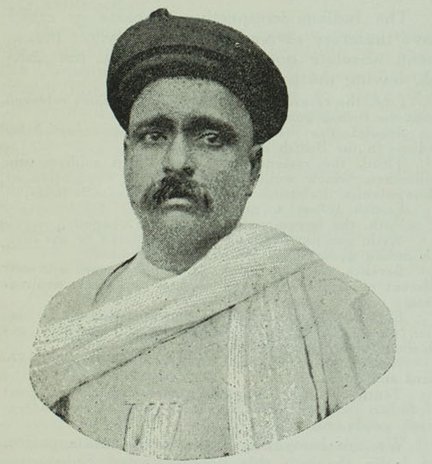
Bal Gangadhar Tilak was a chief revolutionary of the modern Indian independence movement. Also, He was probably a staunch supporter of Swarajya or independent India. His words were a motivation for future revolutionaries.
While working as a journalist, he used to participate in almost all the social movements. Bal Gangadhar Tilak actively participated in public movements.
He used to say: “Religion and real life are not separate. Retiring (sacrifice) should not be the main objective in life. The real emotion is to consider our country as our family.
Also, instead of working for self need, we all should work together for the country. The service after that is service to humanity, and only after that one can become able enough to serve God.”
Bal Gangadhar Tilak: He was an Indian freedom fighter, teacher, social reformer, lawyer and social worker.
“Swarajya is my birthright, and I shall have it”!
– Bal Gangadhar Tilak
“Is the head of government in place?”
-Tilak Asked this question through his writings
The slogan was roared by Bal Gangadhar Tilak. He was an Indian social reformer, freedom fighter and an excellent philosopher.
Along with being a brilliant politician, Lokmanya Tilak was also a profound scholar. He believed that independence is very important for the well-being of a country.
Early life of Bal Gandaghar Tilak:
Bal Gangadhar Tilak was born on July 23, 1856, in Ratnagiri district of Maharashtra to Keshav Gangadhar Tilak in a Chitpavan Brahmin family. His father, Gangadhar Tilak, was a school teacher and a Sanskrit scholar.
At a very young age of sixteen, just a few months before his father’s demise, in 1871, Lokmanya got married to Tapibai, whose name was later changed to Satyabhama.
Political life of Lokmanya Tilak:
Tilak had a long political battle to free India against British rule. He was a popular political leader before Gandhiji.
Unlike his contemporary counterpart Gokhale, Tilak was considered an extreme nationalist and a social conservative in Maharashtra. He was imprisoned many a time, including the long-term imprisonment in the prison of Mandalay.
Indian National Congress
Tilak joined the Indian National Congress in 1890. He opposed the moderates, especially over the struggle of Swarajya institutions. He was one of the most progressive thinkers back then.
He made allies with several Indian national leaders like Bipin Chandra Pal, Lala Lajpatrai, Aurobindo Ghose, V. O. Chidambaram Pillai and Muhammad Ali.
Bipin Chandra Pal from Bengal and Lala Lajpat Rai from Punjab, both struggling for the independence of India, also showed their support to Tilak.
They were addressed as ‘Lal-Bal-Pal Trimurti (Trio)’. In 1907, the annual convention of the Congress party was held in Surat, Gujarat.
Dissatisfaction started creeping up upon the appointment of the new Congress President from among the liberal moderates.
Under the leadership of Tilak, Pal and Lajpat Rai, the Progressives were divided into two groups – extremists and moderates.
Imprisonment in Mandalay:
On April 30, 1908, intending to kill the chief President Douglas Kingsford, two young men from Bengal, Prafulla Chaki and Khudiram Bose, dropped a bomb on a car at Muzzafarpur.
However, instead of Douglas Kingsford, the other two ladies were killed while traveling in that car. Chaki committed suicide while being caught, whereas Bose was hanged.
After this episode, Tilak wrote a provocative article against the British in his newspaper, Kesari, to encourage the freedom fighters and defend Bose and Chaki. Tilak also immediately demanded autonomy or Swarajya. The government charged him with sedition.
At the end of the trial, a special jury, with a majority of 7:2, declared him guilty. Tilak was given six-year imprisonment from 1908 – 1914 at Mandalay in Burma by Judge Dinesh D. Dawar.
When the Judge asked Bal Gangadhar Tilak if he wished to say something. That time, Tilak said, “I just want to say one thing, I am innocent, whatever the decision of the court be. Men and the destiny of the nation have a higher authority to rule.
In my opinion, there will be such a provision that doesn’t let my grief take advantage of my pen and tongue. It might be a sign from God that more than my freedom, my pain will take the mission that I have undertaken to its pinnacle.”
Even while undergoing imprisonment, Bal Gangadhar Tilak continued reading-writing and evolving his views about the Indian national movement.
While in prison, he wrote a holy text, ‘Geeta Rahasya’, which got sold on a large scale and all the money was donated towards the freedom struggle.
Social Reforms by Tilak:
In spite of his opposition towards child marriage, Tilak was against the “Age of consent” bill in 1891, thinking that the intrusion of the British in the customs of Hindu Religion and society’s way of life was a dangerous example. By the provisions of this law, girls aged 10-12 years could get married.
Though he initiated a movement against this law, he was simultaneously thinking of setting up an institute to bring about changes in the custom of child marriage.
After the Bengal partition, Lord Curzon made a strategy to weaken the national movement. However, Bal Gangadhar Tilak encouraged and strengthened the Swadeshi movement and the Boycott movement.
The Boycott movement involved boycotting foreign goods and boycotting those who used foreign goods from the Indian society. In the Swadeshi movement, the main aim was to use goods made in India.
There was a huge scarcity of goods in a country once the foreign goods were boycotted. So, this scarcity had to be made up by producing more in India.
Bal Gangadhar Tilak said that “Swadeshi and Boycott movements are two sides of the same coin.” Swadeshi, boycott, national education and Swarajya were the four principles that he strongly supported.
Books by Lokmanya Tilak
Tilak wrote a lot of books on Indian culture, history and Hindu Religion, like Orion or Researches into the Antiquities of the Vedas (1893), Arctic Home in the Ved, “Geeta Rahasya” and others.
Newspapers Publication of Bal Gangadhar Tilak
For the Indian citizens to understand the problems of people, sow the feelings of national unity, and spread his ideas among people.
Lokmanya Tilak started the weekly newspaper Kesari (Marathi) and Maratha (English) to accomplish such motives. Both the newspapers served actively towards the aim of national freedom.
Memorials, Coins, and Films In Honor of Tilak
Museum at Kesari Wada
Tilak museum is included in the most important museums of Pune. It was famous historical monument and situated on the second floor of the Tilak residence.
The residence of Bal Gangadhar Tilak is called as “Kesari Wada” which located in the Narayan Peth area of Pune. It is also known as Gaikwad Wada.
Monuments
‘Tilak Smaarak Rangamandir’ in Pune is built in honor of Tilak. Tilak Smaarak is the symbol of the political, religious, educational and social movements of Pune.
In 2007, the Indian government brought a coin into circulation in order to commemorate his 150th birth anniversary.
Movie
‘Lokmanya: Ek Yugpurush’, a movie based on his life, was released on January 2, 2015. Directed by Om Raut, the lead role of Lokmanya Tilak was played by actor Subodh Bhave.
Death of Lokmanya Bal Gangadhar Tilak
The massacre at Jallianwalla Bagh had such a profound and shocking impact on Lokmanya Tilak that he was utterly disappointed, and his health began to deteriorate.
Despite his poor health, he urged the people not to stop the movement. He advised continuing the campaign until massacres like Jallianwalla Bagh wasn’t stopped.
He was eager to lead this movement, but, unfortunately, his health did not support him. Tilak had diabetes, and later on, his health suffered a lot.
Around July 1920, his health deteriorated even more and on August 1, 1920, at the age of 64, he took his last breath.
Citations:
http://archive.indianexpress.com/news/pune-s-endless-identity-wars/734020/
